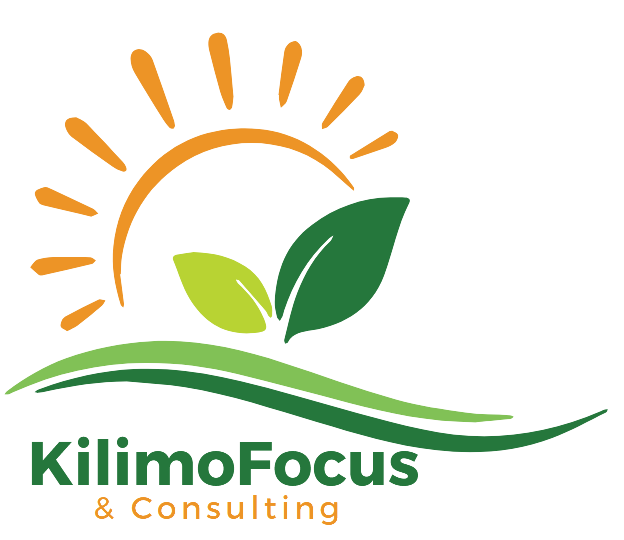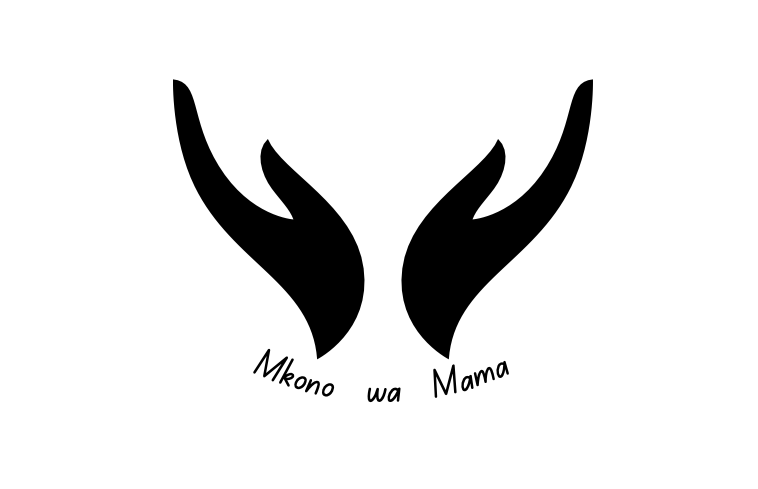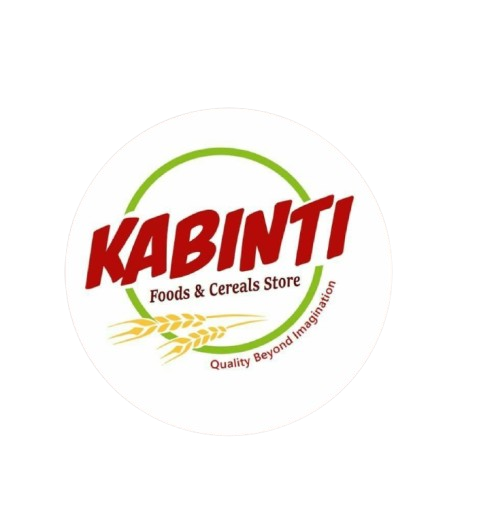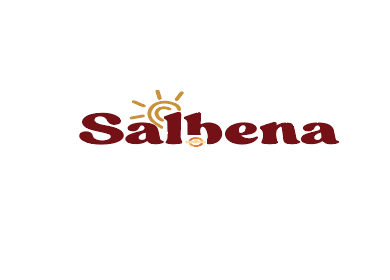PrAEctiCe
Potentials for Agroecological practices in east Africa with a focus on Circular water-energy-nutrient system (PrAEtiCe) is an EU funded research project implemented by a consortium of 16 organizations and will provide a novel agro-ecology indicator set for east Africa, aiming at helping smallholder farmers in their agro-ecological transition.
We are thrilled to announce our participation in PrAEctiCe, a Horizon Europe project funded by the European Commission. PrAEctiCe has a noble vision to assist smallholder farmers in their transition towards agroecological practices in East Africa. The project recognizes the critical importance of agroecology which combines ecological and social principles to agriculture and food systems, and its role in addressing issues of climate change and improving the economic viability of smallholder farms.
PrAEctiCe's Vision and Goals
The central objective of PrAEctiCe is to provide a new agroecology indicator set focused on circular water-energy-nutrient systems of integrated aquaculture-agriculture. This approach keeps the smallholder farmer’s needs at the forefront, integrating livestock, annual and perennial crops, and aquatic animals in diversified systems.
The project is designed to identify and quantify the impacts of agroecological practices in a local context. The most promising agroecological strategies for existing farms will be identified, providing evidence that integrated aquaculture-agriculture systems can serve as a sustainable solution to environmental and economic challenges faced by farmers in East Africa.
Achieving Our Goals
PrAEctiCe is committed to a hands-on, cooperative approach to achieving its goals. Here's how:
Co-Creation Activities
We believe in the power of collective wisdom. Stakeholders will provide input for research activities and validate the developed conclusions and results through workshops, site visits, and surveys.
Decision Support Tool
We will create a decision support tool that provides agroecological guidelines for farmers, utilizing collected data and practical approaches to challenging situations.
Living Labs
We will operate three 'Living Labs', combining community knowledge with scientific expertise in action-based projects. These living labs will serve as real-time validation sites for the Decision Support Tool.
Training
Building local knowledge is paramount. We will support farmers through 'Train-the-Trainers' courses and practical training on integrated aqua-agriculture, facilitating knowledge exchange across continents and disciplines.
Our Role in PrAEctiCe
As partners, we will focus on training, helping farmers transition to sustainable food and agriculture practices. Our approach follows methods developed by NGOs that promote sustainable development.
We will host 'Train-the-Trainers' courses that empower advisors to train local farmer representatives, who then transfer their knowledge and methods to their communities.
Furthermore, on-site training for integrated aqua-agriculture will be provided, offering practical solutions for developing agroecological practices. This training process will be facilitated through our Living Labs in East Africa.
Living Labs
Our Living Labs will combine local community knowledge with scientific expertise to produce actionable, real-time data. These labs will optimize the use of water, energy, and nutrients in three different integrated aqua-agriculture systems.
As part of this initiative, we are proud to create Living Lab 3 at our Farmer Training Centre in Vianzi, Mvomero, Morogoro. This lab will focus on fish-poultry integration systems, gathering information to validate the PrAEctiCe decision support tool. It will also explore vegetable production by utilizing aquaculture sludge and poultry manure to improve soil health, and wastewater from fish ponds for irrigation.
These Living Labs are not just for us - we welcome the general public and other stakeholders to visit the sites during our open-door day, where they can witness our operations firsthand and enjoy the food grown on our farms.
We're excited to be part of the PrAEctiCe project and contribute to the advancement of sustainable agriculture in Tanzania. Together, we can create a better, more sustainable future for our farmers and our planet.
Partner of the project

The project is kindly supported by the European Union


Business Name: KilimoFocus and Consulting
Founder / Owner Name: Rebeca Andrew
Location: Dar es Salaam
Products/Services: The enterprise sources, packs, brands, and supplies food products to supermarkets and retail stores and provides consultancy services for agricultural projects
Instagram: @kilimofocustz

Business Name: Healthy Dried Food Tanzania
Founder / Owner Name: Oliver Kavishe
Location: Bagamoyo, Pwani
Products/Services: Snacks and food items such as dried fruits and vegetable powders
Instagram: @dried_foodtz

Business Name: Mamahealth Enterprises
Founder / Owner Name: Aslatu Nguku
Location: Dodoma
Products/Services: Preserving fruits and vegetables into healthy snacks and flours
Instagram: @mamahealthtz

Business Name: LPHQ Enterprise
Founder / Owner Name: Angelina Sylvester Hillu
Location: Iringa
Products/Services: Tomato wine
Instagram: @elitewinetanzania

Business Name: Golden Key Organic Processor
Founder / Owner Name: Farida Salehe Nassoro
Location: Dar es Salaam
Products/Services: Health and beauty products made from pure natural plants
Instagram Account: @fora_products

Business Name: Mamabora Food Products
Founder / Owner Name: Rose Mjuni
Location: Arusha
Products/Services: Nut butter with chocolate
Instagram Account: @mamaboranuts

Business Name: Mjasi Enterprises
Founder / Owner Name: Eva John
Location: Dar es Salaam
Products/Services: Ground, beetroot, carrot, coconut, potatoes
Instagram Account: @mjasienterprises_tz

Business Name: Mkono wa Mama
Founder / Owner Name: Ketteneema Lukindo
Location: Dar es Salaam
Products/Services: Fruits Candy and Pastes
Instagram Account: @mkonowamama

Business Name: Kabinti Products
Founder / Owner Name: Sarah Benard
Location: Ilboru, Arusha
Products/Services: Porridge Flour and Pumpkin Seeds Flour
Instagram Account: @kabinti_products

Business Name: Salbena Investment Company Limited
Founder / Owner Name: Simon Majeni
Location: Dar es Salaam
Products/Services: Organic honey
Instagram Account: @Salbenahoney

Business Name: Cocozania Group
Founder / Owner Name: Masome Daniel Kulwa
Location: Dar es Salaam
Products/Services: Virgin coconut oil, blended coconut oil, coconut biscuits, coconut powder
Instagram Account: @Cocozania_Official

Business Name: Nita Food Products
Founder / Owner Name: Lilian Mmbando
Location: Arusha
Products/Services: Nutritious seeds
Instagram Account: @nitafoodproducts

Business Name: Rejuvenation Food Africa limited
Founder / Owner Name: Anne Outwater
Location: Dar es Salaam
Products/Services: Ice cream from wild fruits and honey
Instagram Account: @zaidiicecream


.jpg)

